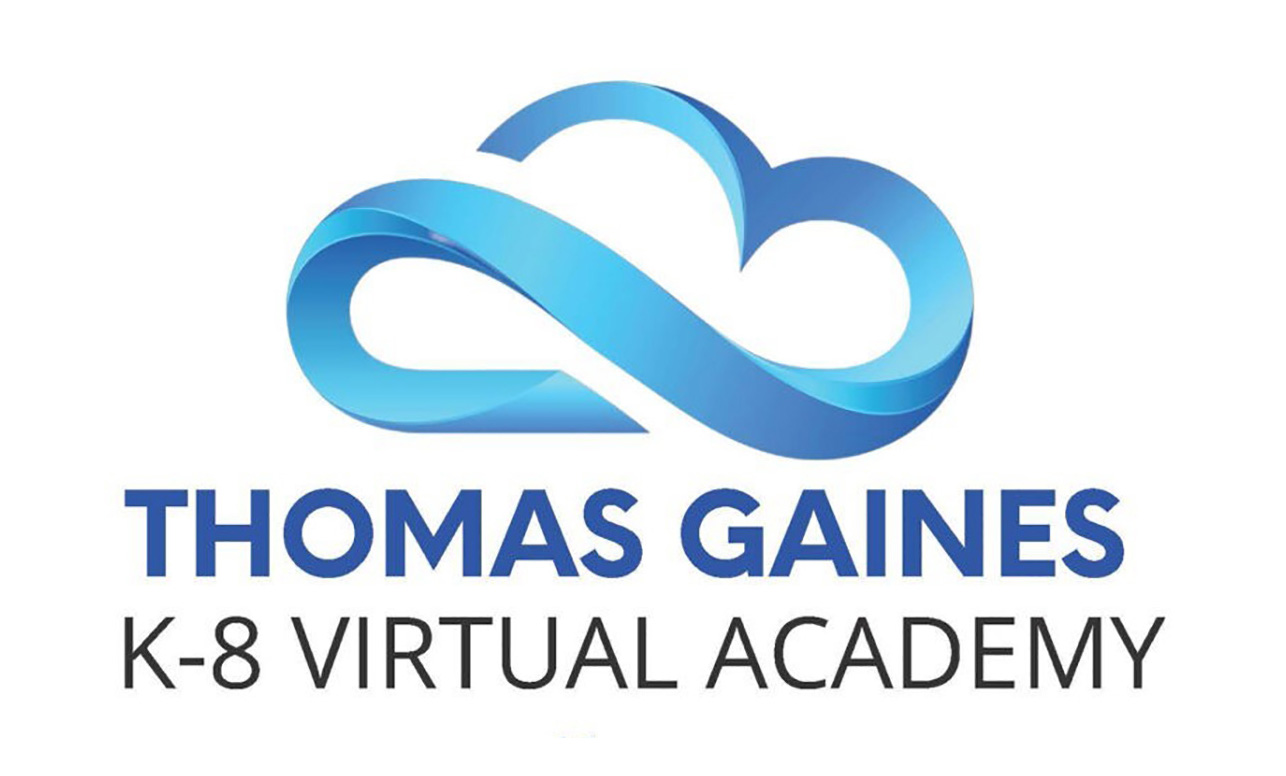
As the pandemic waned and schools reopened, most educators were thrilled to resume in-person instruction in a brick-and-mortar classroom; but others discovered that they preferred the freedom, flexibility and technology of online instruction. The same has been true for students: While many struggled with distance learning and missed being in the classroom, others thrived and loved it.
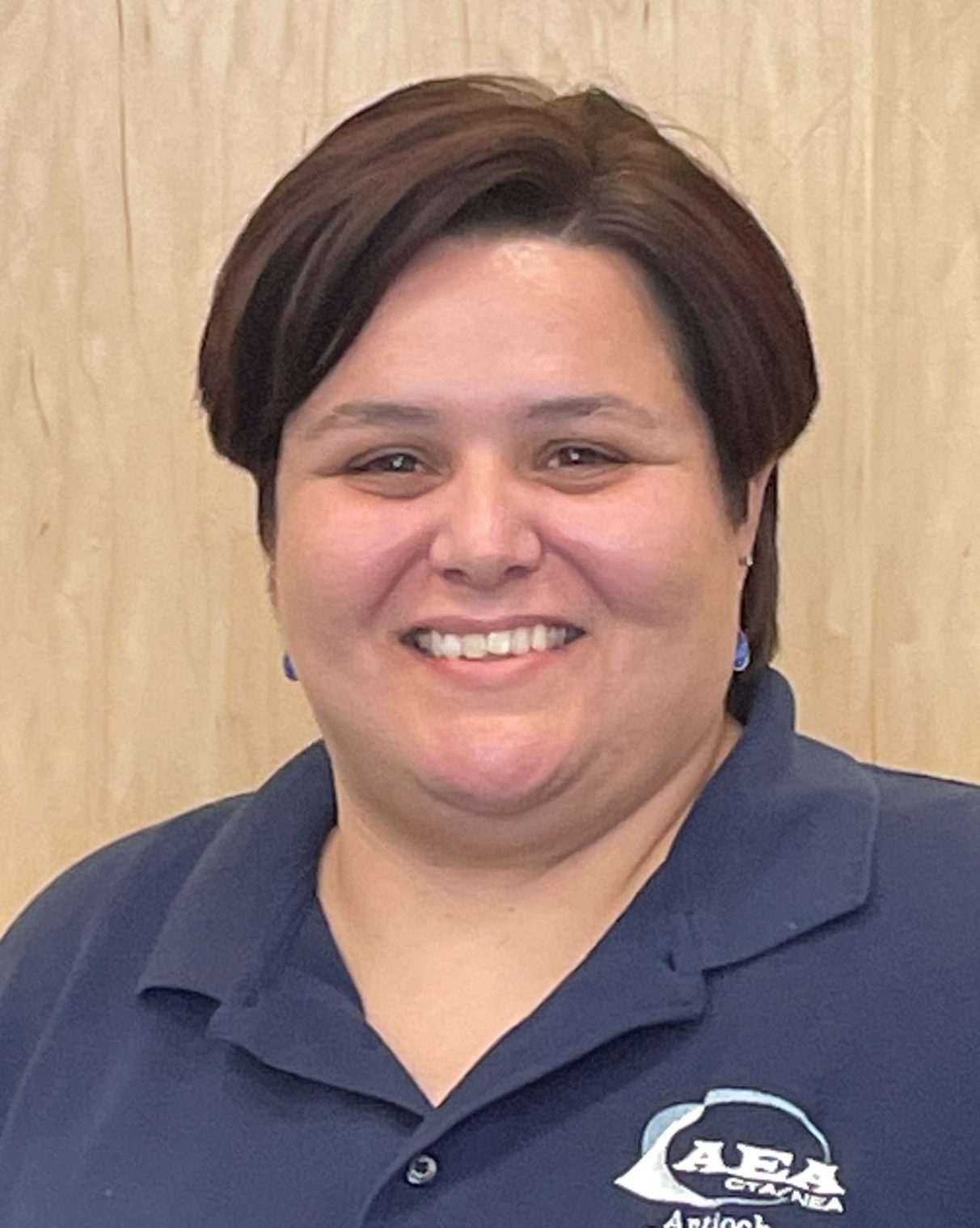
Valorie Luke
To meet the needs of students, parents and teachers who wanted learning to remain online, Antioch Unified School District created Thomas Gaines Virtual Academy for grades TK-8, in collaboration with the Antioch Education Association (AEA). The academy opened in August.
“We intend for it to stick around in the future,” says AEA President Valorie Luke. “It’s not just an answer to COVID concerns.”
Nonetheless, the recent COVID-19 surge made the school more desirable for families wanting to minimize exposure. The COVID surge, in fact, correlated with a huge surge in enrollment. What began as a small school with about 100 students grew to nearly 1,000 enrollees in one month.
At first the virtual school was open to students from other districts whose families sought more than independent study for at-home learning. But now the burgeoning academy only enrolls new students from Antioch Unified. Enrollment fluctuates, and students are allowed to transfer to the virtual academy — or back to in-person learning — upon request.
Planning for the academy started in November, when administrators asked Luke and other AEA members to join a committee to discuss the future of education and incorporate some of the beneficial things from distance learning into the 2021-22 school year. The group queried teachers, parents and students, asking what kinds of things they would like to see carried over to this school year. Many requested that virtual education itself continue.
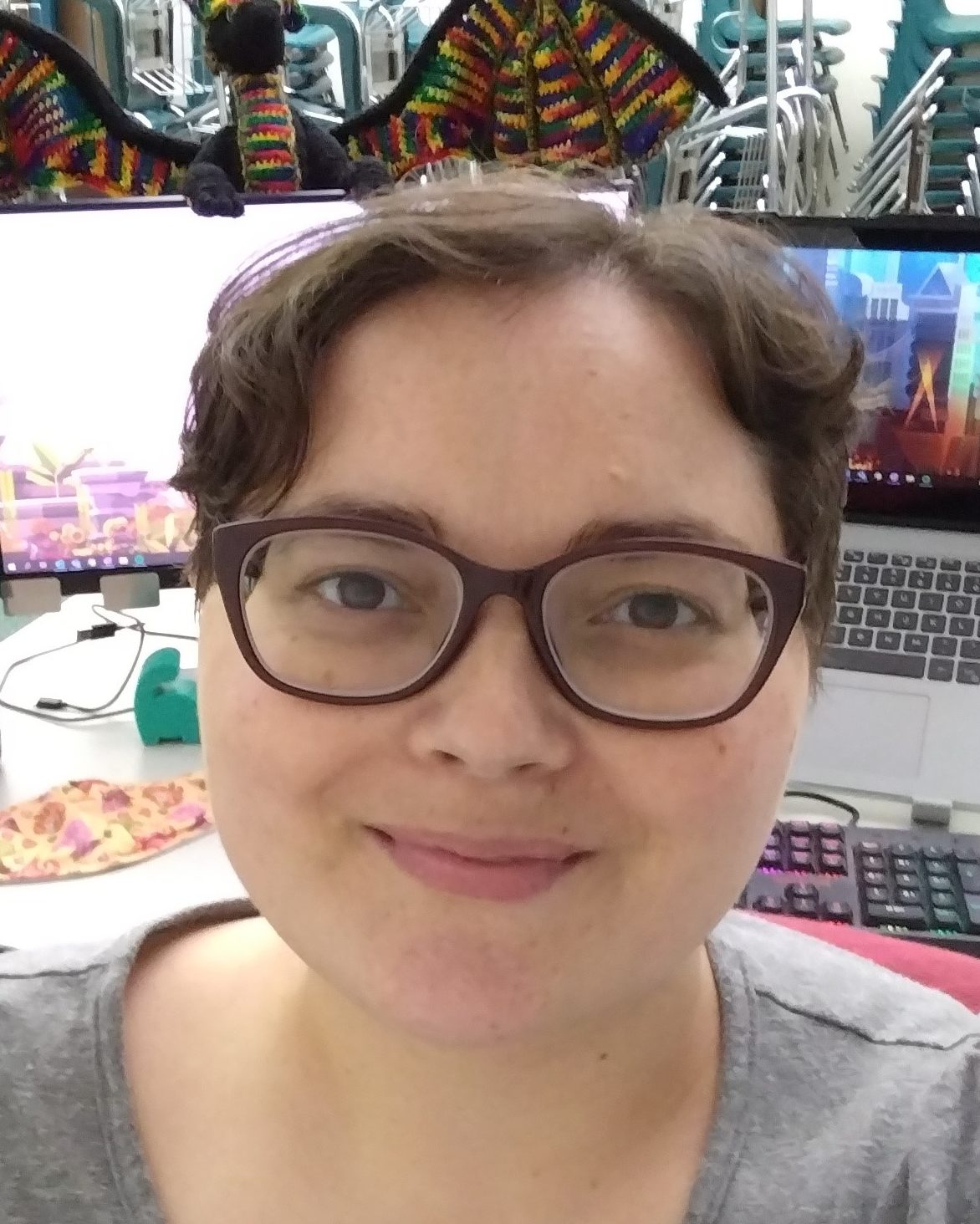
Stephanie Allred
“We weren’t surprised to see this kind of enthusiasm from our school community,” says Stephanie Allred, an AEA member who served on the committee and teaches seventh grade history and English at Thomas Gaines. “Distance learning isn’t for everyone, and it doesn’t work if it’s mandatory. Some students need to be in a room with other people to have a connection with learning. But we saw some students thrive in remote learning, and they didn’t want to go back. When you look at the data, you can see their academic growth.”
The model for the academy was not based on existing online schools. Instead, a team of educators created a model based on what they knew worked with remote learning in Antioch and built upon that foundation. The school board voted to approve the academy as a separate school.
“This type of instruction allows students to go at their own pace. It’s much easier to individualize instruction virtually than in person.”
—Samantha Franceschi, Antioch Education Association
Different than during the shutdown
When schools shut down during the pandemic, teachers were operating in “survival mode,” says Allred, who was then teaching at Antioch Middle School. But with the benefit of experience, collaboration and better technology skill sets, the academy has expanded creatively to offer project-based learning, social-emotional learning, digital citizenship, peer collaboration, individual and group projects and more. When COVID numbers go down, in-person voluntary activities will be held, such as science experiments and social gatherings.
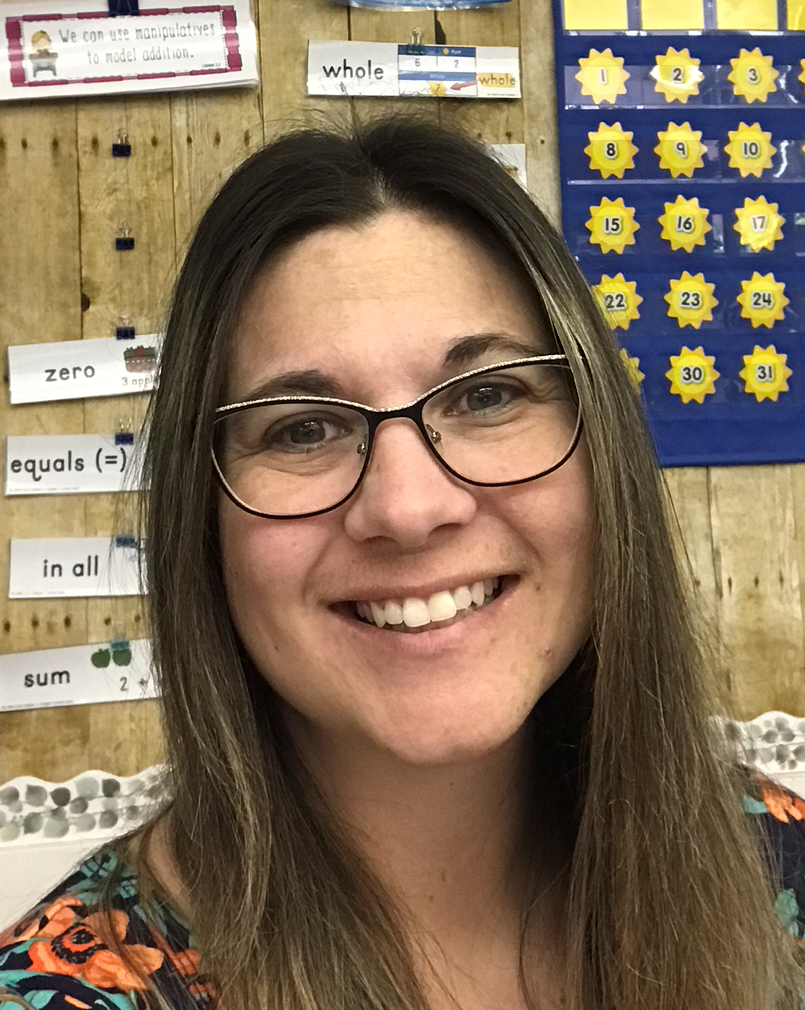
Jennifer Raymond
There’s far more live online instruction, too. First grade teacher and AEA member Jennifer Raymond has whole-group instruction from 8 to 10:45 a.m., and after that she works live with English language development students while other students work asynchronously. After lunch, she works with small groups, who take turns working with her and working independently.
“I am live with my students all day long aside from a recess break or lunch,” says Raymond, who gets breaks when students spend time with online PE and music teachers.
At the middle school level, Allred has a different class every 50 minutes, including ELD classes, and works mostly with live students. Through Microsoft Teams, she set up a channel that serves as a forum for students who want to socialize during lunch and after school.
AEA member Samantha Franceschi, who teaches seventh and eighth grade math and science, likes being able to do virtual, interactive labs and simulations with students, which is a huge change from last year.
“I love having the flexibility to do things with technology, whereas before, it was mostly with paper and pencil,” she says. “This type of instruction also allows students to go at their own pace. It’s much easier to individualize instruction virtually than in person. I’m doing that for a student who is a year above grade level.”
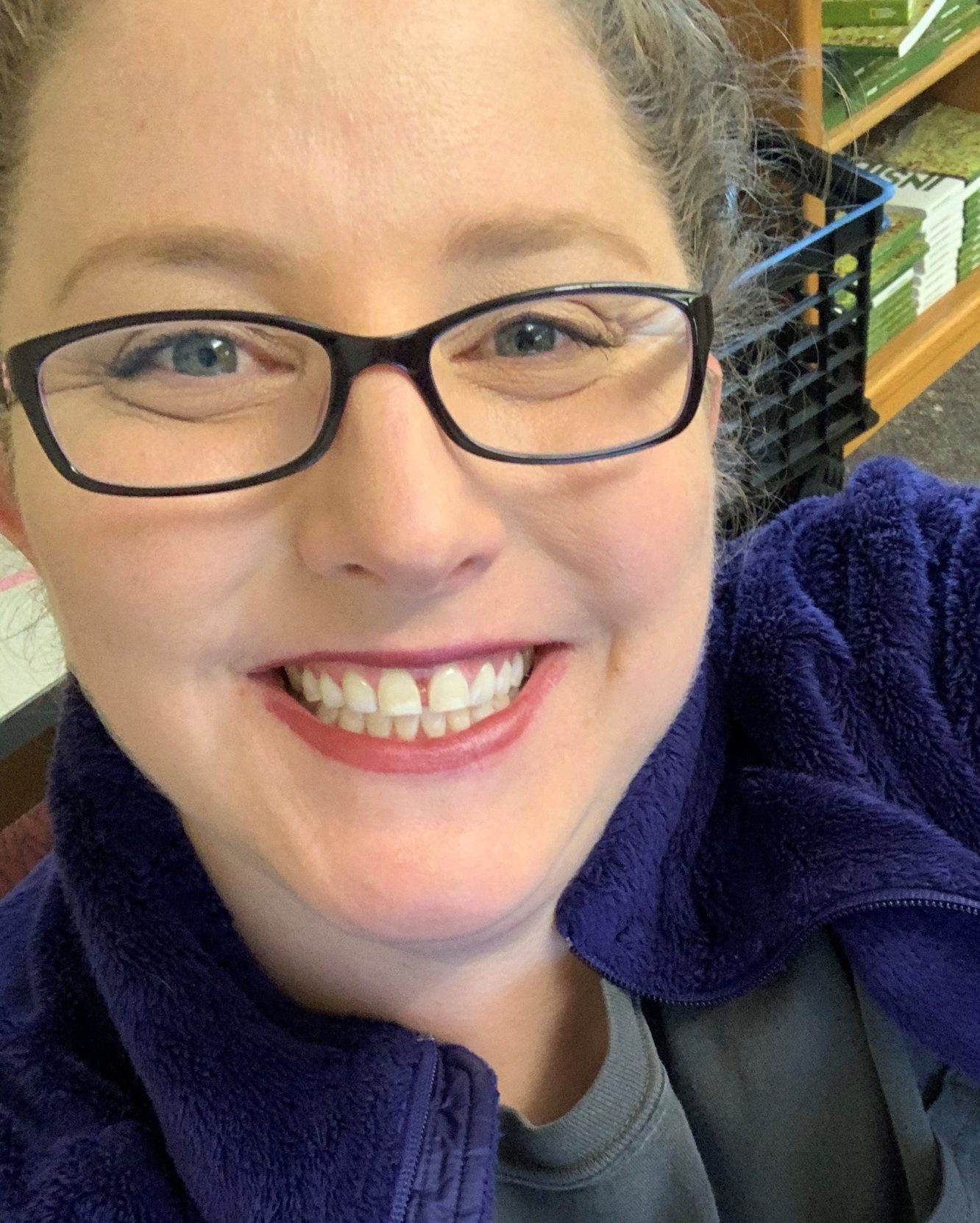
Samantha Franceschi
Franceschi, who previously taught at Antioch Middle School, enjoys other aspects of online learning, such as increased student engagement. Last year, many students kept their cameras off and were not engaged. But those who sign up for Thomas Gaines commit to leaving their cameras on and are much more focused.
“I like that classroom management is not a major issue,” she says. “I don’t have to deal with tardiness or class disruptions. I tell my students if they are late or need to ask me a question, they can send me a ding to let me know. And if they need to go to the bathroom, they don’t need to ask for permission.”
Because most students have parental or adult supervision at home, teachers say, it’s easier to help students stay on track.
“I have constant conversations with families to make sure the structure and learning environment in the home is conducive to learning,” says Raymond. “The parents want to know what they can do to support an online environment where their child can be successful.”
Working out the problems
Not everything is going smoothly. Students’ moving between the academy and in-person schooling has created challenges with managing class size, staffing and scheduling throughout the district. Some schools had to reconfigure classes and create more combination classes.
“The definite downside of a student going from the academy to their home school is that their home school may not have a spot for them anymore,” Franceschi says. “So then they may have to move to a school outside of their zone. It also causes some teachers to have combination classes because they don’t have enough kids in one grade level at a certain school.”
But AEA President Luke is proud to say there have been no involuntary teacher transfers. Educators have been happy to meet their students’ needs, wherever they are.
Families and students appreciate the flexibility
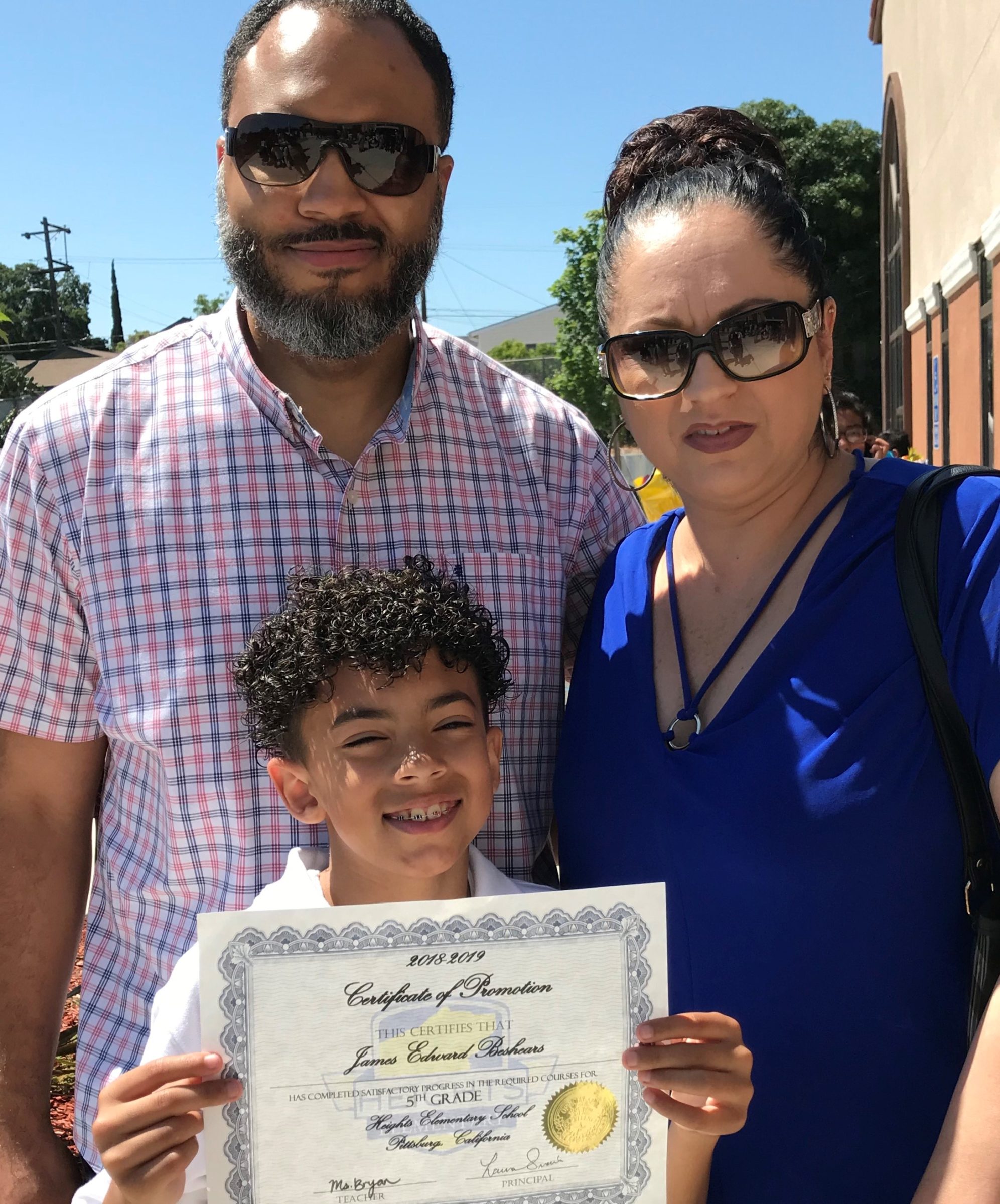
Rhonda Beshears, right, says her son James needs the virtual academy because of her husband’s medical issues and James’ learning disability.
“I like Thomas Gaines because it lets me learn from home,” says James, an eighth grader. “I only have four teachers for six classes, and I like that because it makes me feel more comfortable. I think it’s easier to learn because I can have my mom and dad to help me if I need it.”
His mother, Rhonda Beshears, is grateful her son can learn online because her husband is undergoing cancer treatment, and online learning reduces the chances that her son will expose her husband to COVID.
“We didn’t know what we were going to do without something like the academy,” says Beshears. “Our only other option was independent study, but our son has a learning disability, so we weren’t sure that would work.”
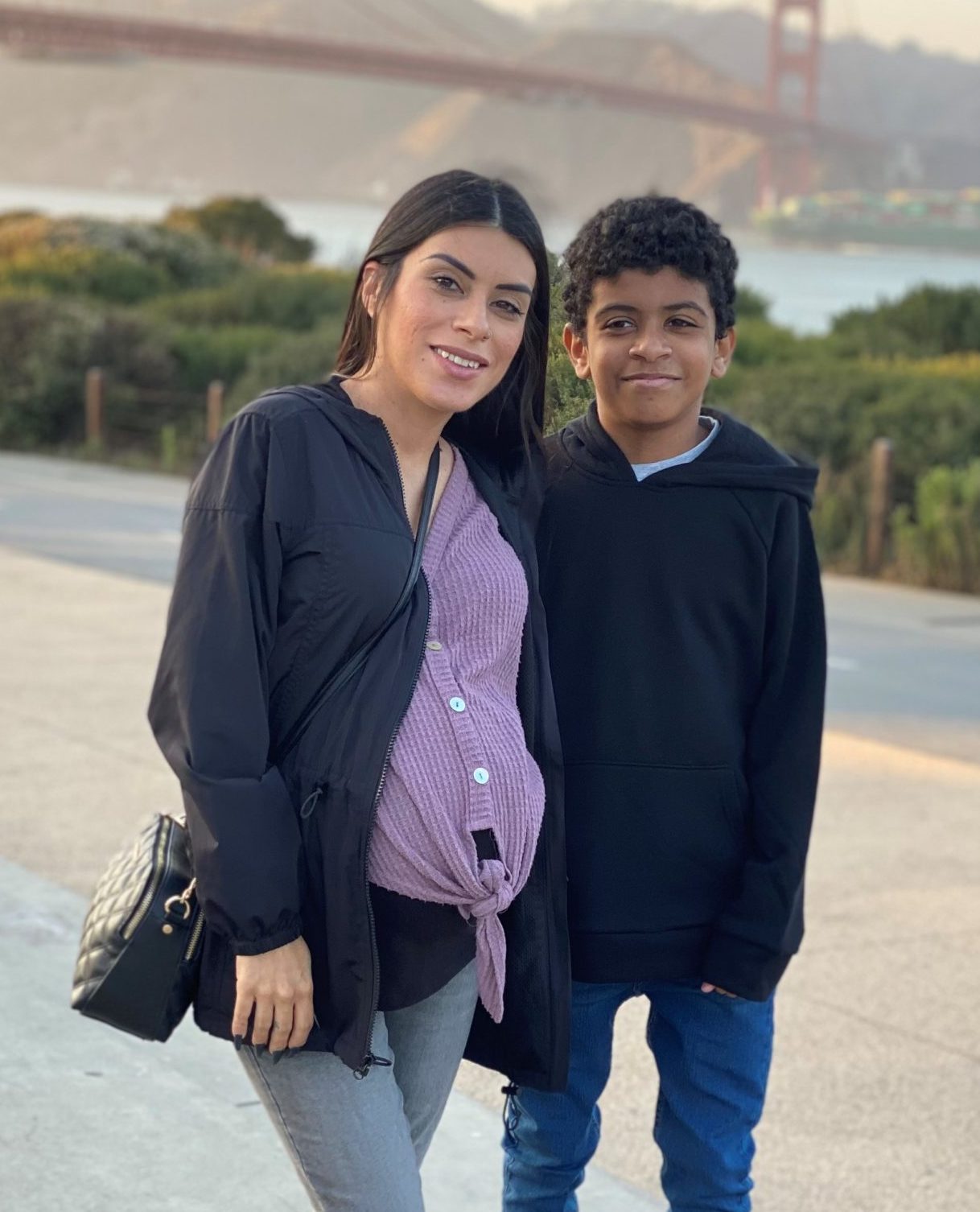
While avoiding being exposed to COVID-19 at school, Janin Gonzalez’s son Devon is learning valuable computer skills and self-discipline through Thomas Gaines.
She says that her son’s grades have gone up, which she attributes to a structured environment that is free from distractions and social pressure.
Janin Gonzalez initially chose Thomas Gaines because she worried her son Devon would be exposed to COVID in a regular classroom. She believes that it was a good choice and he is learning valuable computer skills and self-discipline.
“Virtual school last year was completely different,” she says. “I’m not sure Devon will be here forever, but for now I am satisfied that Devon is learning what he needs to learn.”
“I like that I can be home,” says Devon. “I like that the teachers let you type in the chat. And it doesn’t really make a difference to me. I’m just learning on a laptop instead of being in normal school.”
The Discussion 0 comments Post a Comment